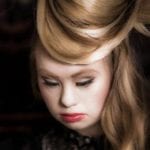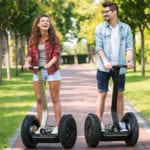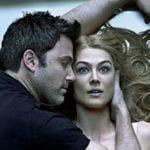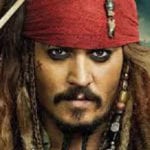 Miscellaneous
Miscellaneous  Miscellaneous
Miscellaneous  History
History 10 Huge Historical Events That Happened on Christmas Eve
 Music
Music 10 Surprising Origin Stories of Your Favorite Holiday Songs
 History
History 10 Less Than Jolly Events That Occurred on December 25
 Weird Stuff
Weird Stuff 10 Funny Ways That Researchers Overthink Christmas
 Politics
Politics 10 Political Scandals That Sent Crowds Into the Streets
 Weird Stuff
Weird Stuff Ten Bizarre Facts About The Doge Meme
 Our World
Our World 10 Ways Your Christmas Tree Is More Lit Than You Think
 Movies and TV
Movies and TV The 10 Coolest Stars to Set Sail on The Love Boat
 History
History 10 Things You Didn’t Know About the American National Anthem
 Miscellaneous
Miscellaneous Top 10 Things Crypto Was Supposed to Change & What Actually Did
 History
History 10 Huge Historical Events That Happened on Christmas Eve
 Music
Music 10 Surprising Origin Stories of Your Favorite Holiday Songs
Who's Behind Listverse?

Jamie Frater
Head Editor
Jamie founded Listverse due to an insatiable desire to share fascinating, obscure, and bizarre facts. He has been a guest speaker on numerous national radio and television stations and is a five time published author.
More About Us History
History 10 Less Than Jolly Events That Occurred on December 25
 Weird Stuff
Weird Stuff 10 Funny Ways That Researchers Overthink Christmas
 Politics
Politics 10 Political Scandals That Sent Crowds Into the Streets
 Weird Stuff
Weird Stuff Ten Bizarre Facts About The Doge Meme
 Our World
Our World 10 Ways Your Christmas Tree Is More Lit Than You Think
 Movies and TV
Movies and TV The 10 Coolest Stars to Set Sail on The Love Boat
 History
History 10 Things You Didn’t Know About the American National Anthem
10 Obscure Yet Successful Pirates From History
While most people are pretty familiar with the likes of Blackbeard or Calico Jack, there are a number of pirates who have managed to avoid the spotlight. Though not as famous as their counterparts, they were still able to leave their marks on society, with some influencing the entire region in which they operated.
10 Pier Gerlofs Donia
“Big Pier”

Pier Gerlofs Donia, a 15th-century farmer, turned to piracy after his village (a small town in Frisia, now the Netherlands) was pillaged and his wife raped. Known as “Big Pier” because of his enormous size and strength, Donia formed a militia known as the Arumer Black Heap, and fought against the Holy Roman Empire every chance he got. When suspected enemies were accosted, Donia forced them to say the following: Bûter, brea en griene tsiis: wa’t dat net sizze kin, is gjin oprjochte Fries. It translates to “Butter, bread, and green cheese: if you can’t say that, you’re not a real Frisian” and it was apparently difficult for a Dutchman or German to pronounce correctly.
While a terrifying force on land, especially with his intimidating Zweihander, a greatsword purported to be over 2.1 meters (7 ft) long, Donia was a careful strategist at sea, adept at capturing enemy ships. Close to a hundred vessels fell to the “Cross of the Dutchman,” with many of the captured merchant ships retrofitted to serve as transport for his growing army. Originally determined to bring independence to his people (the Frisians), Donia eventually feuded with the other leaders, abandoning the cause. In 1519, after only about four years of fighting, Donia retired, living out the last year of his life in peace, until he died in his sleep.
9 Cornelis Jol
“Pegleg”
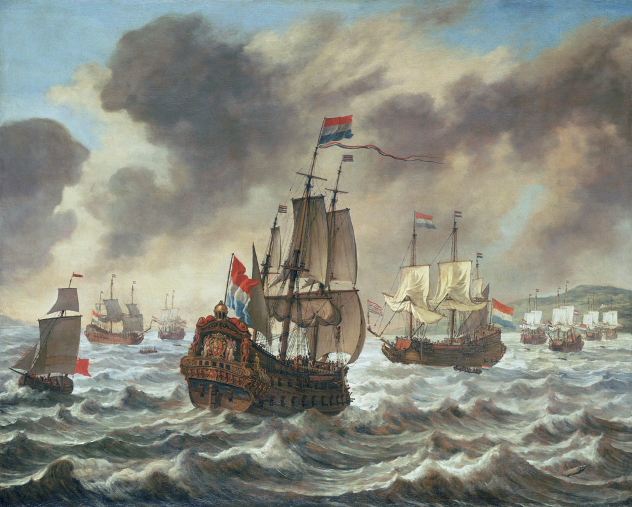
Known by the affectionate nickname of “Houtebeen,” which translates to Pegleg or Wooden Leg, Cornelis Jol was a Dutch pirate who lived during the 17th century. (His leg was blown off by a cannonball when he was a young boy.) Primarily focused on attacking Spanish targets in the West Indies, he began his sailing career in the Dutch navy, before joining the West India Company in 1638.
Often acting as more of a Dutch privateer than a full-fledged pirate, Jol was seen as a national hero for helping to turn the tide in a number of clashes with the Spanish and Portuguese in the New World. The Spanish supposedly sang a song about him, which opened with the line: “Peg-leg is a bad pirate, who eats raw octopus and drinks sea water.” The most famous aspect of Jol’s life as a pirate was clearly his wooden leg—he was one of the first captains to ever have this feature.
8 Jean Lafitte
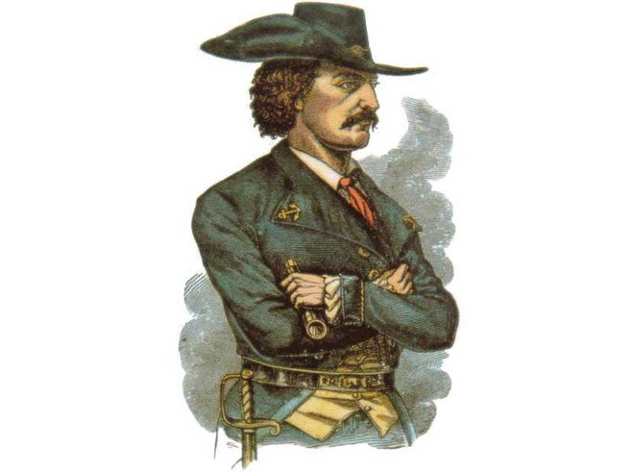
A French pirate who began his career just after the onset of the 19th century, Jean Lafitte sailed around the Gulf of Mexico, flying under the unrecognized flag of Cartagena, a Spanish city in Colombia which had declared independence. He was also a smuggler, bringing in a number of illicit goods, as well as slaves, to the United States. Although he blamed the US government for his entry into criminal activity, Lafitte fought against the British in the War of 1812.
The British actually contacted Lafitte first, trying to convince him to join them in naval battles near Louisiana. Instead, he led them on, gathering information, before going to the US and offering to aid them in exchange for full pardons for himself and his crew. The US government accepted and his men led productive, law-abiding lives after the war; Lafitte couldn’t give it up though, returning to piracy near Texas until 1820. The time, cause, and location of his death remain a mystery.
7 Laurens de Graaf
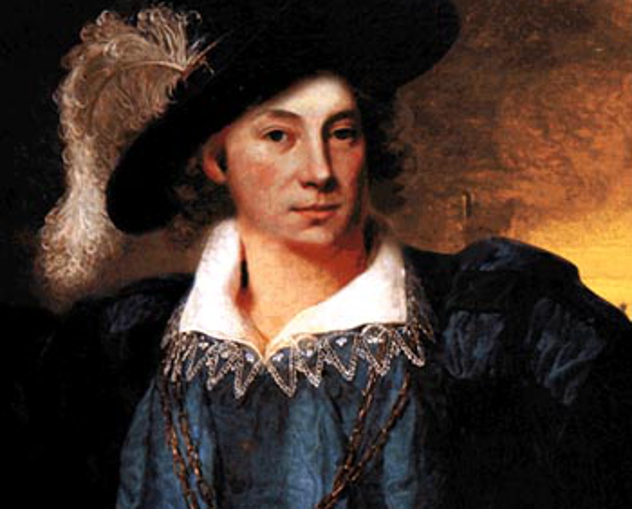
Another 17th-century Dutch pirate, Laurens de Graaf was a gentleman’s outlaw, frequently traveling the seven seas with violins or trumpets, which he would play for his men. He began his career as a law-abiding sailor but turned to piracy after losing his job on one ship, and then being captured by pirates on another. (Sources differ on his early life, with some stating he was a Spanish prisoner or slave, sent to Spain’s property in the Americas as punishment.)
Either way, de Graaf ended up in the West Indies, where he captured his most famous ship, the Tigre, which was originally a 24-gun Spanish man-of-war. For decades, he and his men pillaged Spanish and English garrisons and settlements all around the Gulf of Mexico and further south. Even with a number of pirate-hunters sent after him, de Graaf was never captured, eventually retiring to the southern United States, where he is believed to have died.
6 Roberto Cofresi
“El Pirata Cofresi”
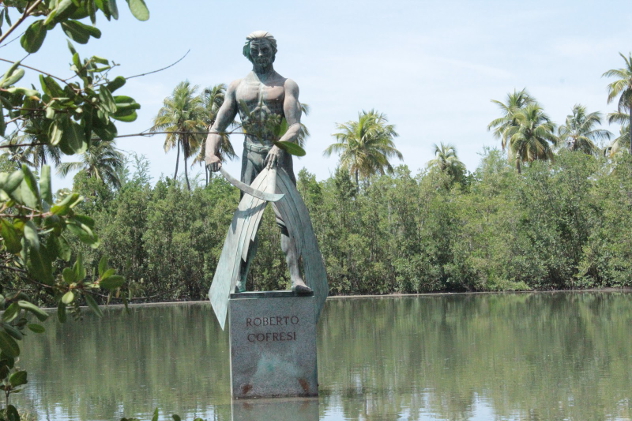
Well-known in Puerto Rico, Roberto Cofresi was a 19th-century pirate, operating around the tiny island for most of his life. Initially intending to make an honest living as a sailing merchant, he began his piracy career in his 20s, thanks to devastating economic conditions on his home island. In the beginning, he mainly targeted ships from the United States, especially those which were exporting gold. Since the local government was Spanish, they did little to capture him, shrugging off requests from the US government.
However, due to increasing mistreatment of native Puerto Ricans at the hands of the Spanish, Cofresi began targeting Spanish ships as well, drawing the ire of royalty back in Spain. Thanks to an intricate web of contacts, which took years to unravel, he managed to avoid capture for a number of years. (Part of the difficulty in capturing him may have been the public’s love for Cofresi, who is seen as Puerto Rico’s Robin Hood.) In 1825, his luck finally ran out and El Pirata Cofresi was executed, along with 11 of his men.
5 François l’Olonnais
“The Bane Of The Spanish”
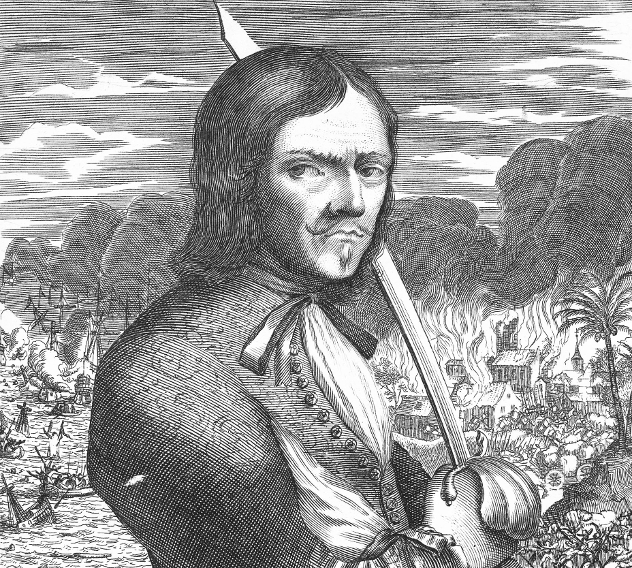
Born a Frenchman named Jean-David Nau, this 17th-century pirate changed his name some time after his time as an indentured servant to some Caribbean Spaniards. After being released from servitude, the intense hatred for all things Spanish that had festered in l’Olonnais for years began to manifest itself. In addition, he was also a violent man, prone to extreme displays of torture and violence, intended to frighten his enemies. (One story is told in which he cut up a prisoner, removed his heart, bit it, and then threw it at another prisoner.)
The sacking of the Venezuelan town of Maracaibo is perhaps his best known feat, as the town was believed to be impregnable, thanks to the 16-gun fort which guarded it. However, l’Olonnais was a brilliant strategist and was able to overpower his enemies in just a few hours. Equally brutal to the native populations he encountered, he and his men tortured the town’s residents until they revealed the location of the treasure. Enthralled with his newfound wealth, he pressed on, eventually landing on the coast of Cartagena, after his ship ran aground. L’Olonnais met his end on that island at the hands of the indiginous inhabitants of Darien, who tore him apart limb from limb.
4 Rahmah ibn Jabir
“The Scourge Of The Pirate Coast”

Described as the most successful and the most well-tolerated pirate that ever infested any sea, Rahmah ibn Jabir was a Bahraini pirate who lived through the end of the 18th century and the beginning of the 19th. His clan (Al Jalahma) had been at war with a rival clan (Al Khalifah) for nearly 20 years before he became a pirate and his hatred for them influenced a number of his decisions.
By being careful to leave British ships alone, ibn Jabir was able to avoid angering the Crown, keeping his sights set on Al Khalifah and the other rival tribes and local powers. Nearly 2,000 men followed him at the height of his powers, with a majority of them being freed African slaves. A violent man, ibn Jabir suffered a number of injuries, losing an eye and most of the use of his right arm. In addition, his propensity for brutality ended up uniting other Arab forces and he was finally defeated in battle in 1820. Resigned to defeat and determined not to die at the hands of the Al Khalifah clan, ibn Jabir stood next to the gunpowder kegs on his ship, along with his eight-year-old son, and blew them up, killing himself, his child, and his entire crew.
3 Olivier Levasseur
“The Buzzard”

Oliver Levasseur, otherwise known as “La Buse” (French for “The Buzzard”) was an 18th-century pirate who frequented the waters near the Caribbean early in his career. (He was given the nickname thanks to the speed and ferocity with which he attacked his enemies.) Forced out by his fellow buccaneers, he made his way to the Indian Ocean, which is where his biggest scores took place. It was at Reunion Island, in 1721, that Levasseur captured the crippled Portuguese ship known as the Nossa Senhora del Cabo (“Our Lady of the Cape”), a vessel loaded with untold wealth and a number of important religious artifacts.
That event was the last straw for the French authorities. Faced with renewed interest in his death, Levasseur was finally captured, taken to jail, and hanged as a result of his crimes. Just before he died, he threw a necklace with carved symbols, which has since disappeared, and a few coded papers to the gathered crowd, calling: “Find my treasure who can!” To date, the location of his supposed buried treasure has not been found.
2 Samuel Bellamy
“Black Sam”
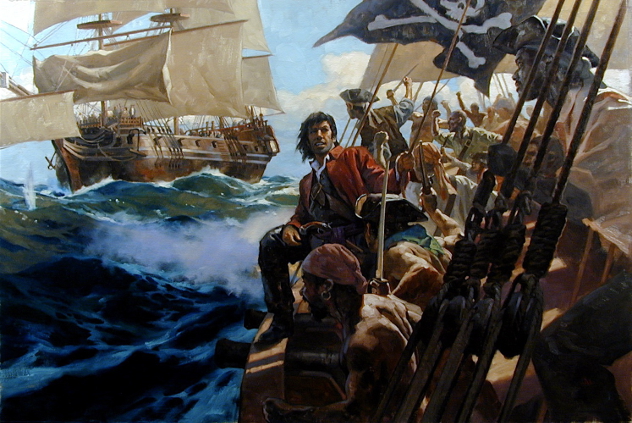
The pirate with the briefest career on this list (he only lasted about a year or two, depending on the source), Samuel Bellamy was still able to make his mark on the history books, becoming the wealthiest pirate ever to have lived, with an estimated $120 million in career “earnings.” He started out his adult life as a treasure hunter but, when he found nothing, he turned to piracy, eventually finding a ship and a crew. A fair and just captain, Bellamy employed a democracy of sorts on his ship, which endeared him to his men. He was also merciful to those he captured in battle.
In a little over a year, Black Sam and his men (known as “Robin’s Hood Men” due to Bellamy’s fascination with the old-English folk hero) were able to capture over 50 ships, mostly in the Caribbean and Atlantic. However, his greatest feat was capturing an English slave ship called the Whydah. Filled with more than 20,000 pounds sterling, the ship provided the pirates with enough wealth to last the rest of their lives and they headed to Massachusetts. Unfortunately, the rest of their lives would only be about two months, as one of the worst storms in the area’s history sank the ship, killing everyone on board except for two of Bellamy’s men.
1 Aruj
“Redbeard”

Aruj was born to a Turkish father and a Greek mother sometime in the 1470s. He grew up on the island of Lesbos, where he suffered at the hands of the Knights of Saint John, a Christian group determined to wage a holy war against the Muslims of the world. After being captured by them and serving as a slave for three years, Aruj returned to his family, filled with a burning desire to avenge his mistreatment. Along with his brother Hizir, he became a feared raider throughout the Mediterranean, beginning his career as an occasional privateer for Egyptian interests.
Aruj injured his arm during a failed siege on a port the Spanish had captured from the Turks and it had to be amputated. He and his brother both earned the nickname “Barbarossa,” which translates to “red beard,” a reference to their hair color. Thanks to their prowess in piracy, Aruj and his brother became two of the richest men of the region. However, after a number of deadly battles with various Spanish, and even Muslim, fleets, Aruj was killed in battle, leaving his ill-gotten gains to his brother. Aruj’s most notorious act was probably the capturing of the Pope’s own trading galley, which he took over off the coast of the island of Elba.
